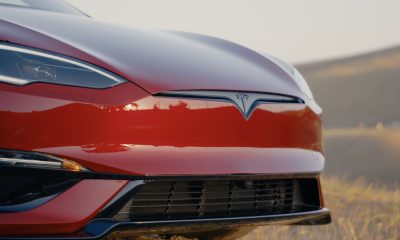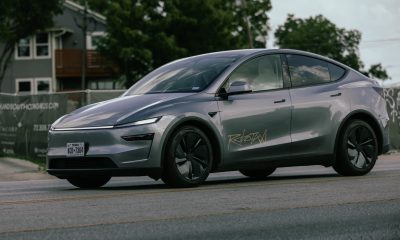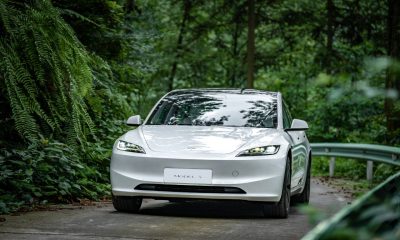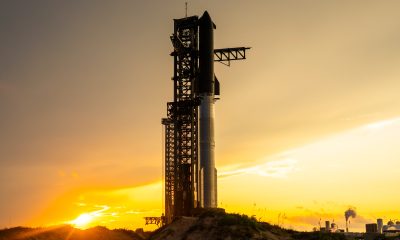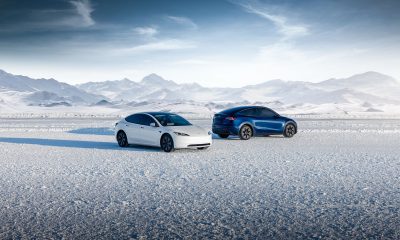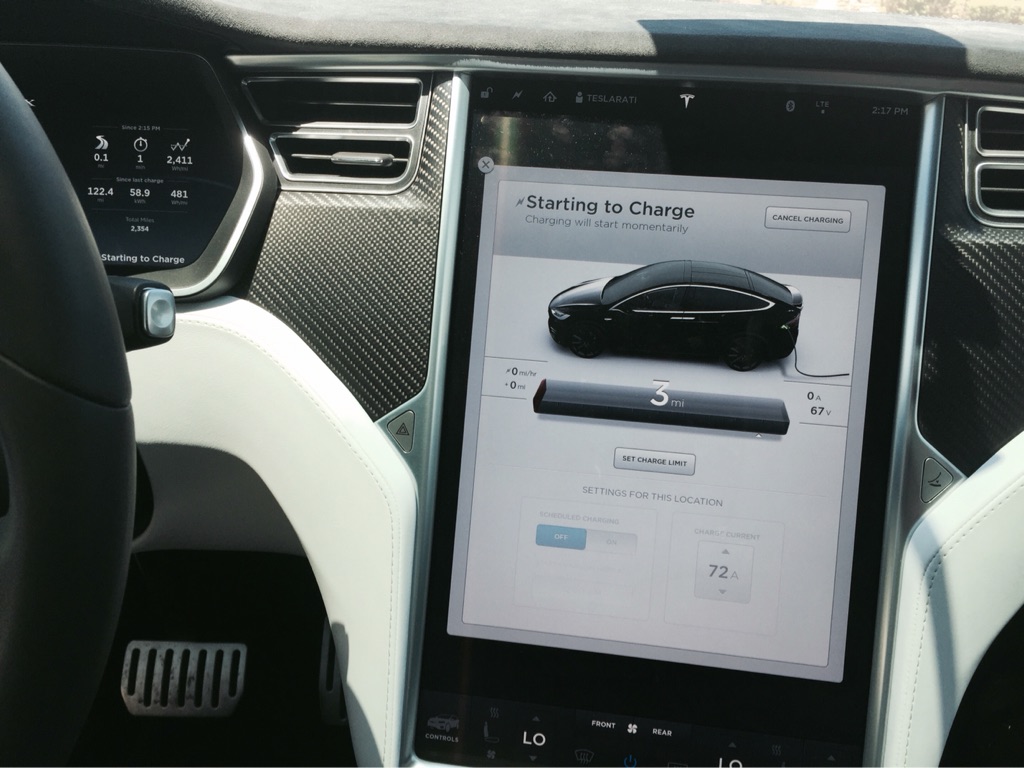

Energy
Tesla battery degradation analysis reveals how long a battery might last
Teslanomics by Ben Sullins looks to answer the age-old question asked by likely every Tesla owner and would-be buyer of the luxury electric car: how long will my Tesla battery last?
By analyzing battery degradation data that’s been crowdsourced by Tesla owners worldwide – first compiled by Maarten Steinbuch in a Google sheet – Teslanomics aims to help owners better visualize the expected range loss in their Tesla over time. Maarten first tapped into a Dutch Belgium Tesla forum to initiate data gathering which required Model S owners to fully drain their Tesla battery to a near-zero state of charge before charging it back to a 100% capacity. The process theoretically will provide the most accuracy in terms of determining a battery’s true capacity. This is contrary to early beliefs that a battery undergoes a “training effect” if not fully depleted and charged to full capacity. Tesla owners that consistently charged to a state of charge between 50% to 75% often reported seeing less overall battery range, presumably because the charge state within each cylindrical lithium ion cell that makes up the overall battery pack is “out of balance”.
Ben’s analysis of battery state of charge data by vehicle age, number of battery charges and number of miles/km driven, can be visualized through an interactive chart which we provided below. The data can also be further broken down by region.
It’s worth noting that battery performance and longevity being highlighted by Teslanomics is based on Tesla’s 18650 lithium ion battery cell that’s currently being used in Model S and Model X vehicles. On the other hand, Tesla’s massive Gigafactory facility in Nevada began mass production of its newest high performance and high energy density 2170 cell early this year. The 2170 battery cells are currently being used in Tesla’s Powerpack 2 and Powerwall 2 energy storage systems, and will become the foundation for the upcoming Model 3.
Tesla believes that the 2170 is perfect for electric vehicles, striking the ideal balance between cost, density, weight and performance. As such, the company has plans to eventually transition its entire fleet of vehicles to the newest battery cell. If history is any indicator, Tesla is unlikely to provide more than 2 weeks notice of the change to minimize any unnecessary impacts to sales of existing vehicles.
Though the battery degradation data along with the accompanying analysis by Teslanomics is based only on a small overall sample set of Tesla owners, the results do align with real world data from a high mileage Model S that registered over 200k mi (322k km). Electric mobility company Tesloop reported a 6% loss in range after 200k miles of driving.
Looking farther ahead to the 2170 cell-based vehicles, we expect battery degradation to become even more negligible, especially as Tesla continues to implement learnings captured through billions of miles driven by current vehicles equipped with the 18650 packs.
Energy
Tesla’s new Megablock system can power 400,000 homes in under a month
Tesla also unveiled the Megapack 3, the latest iteration of its flagship utility scale battery.
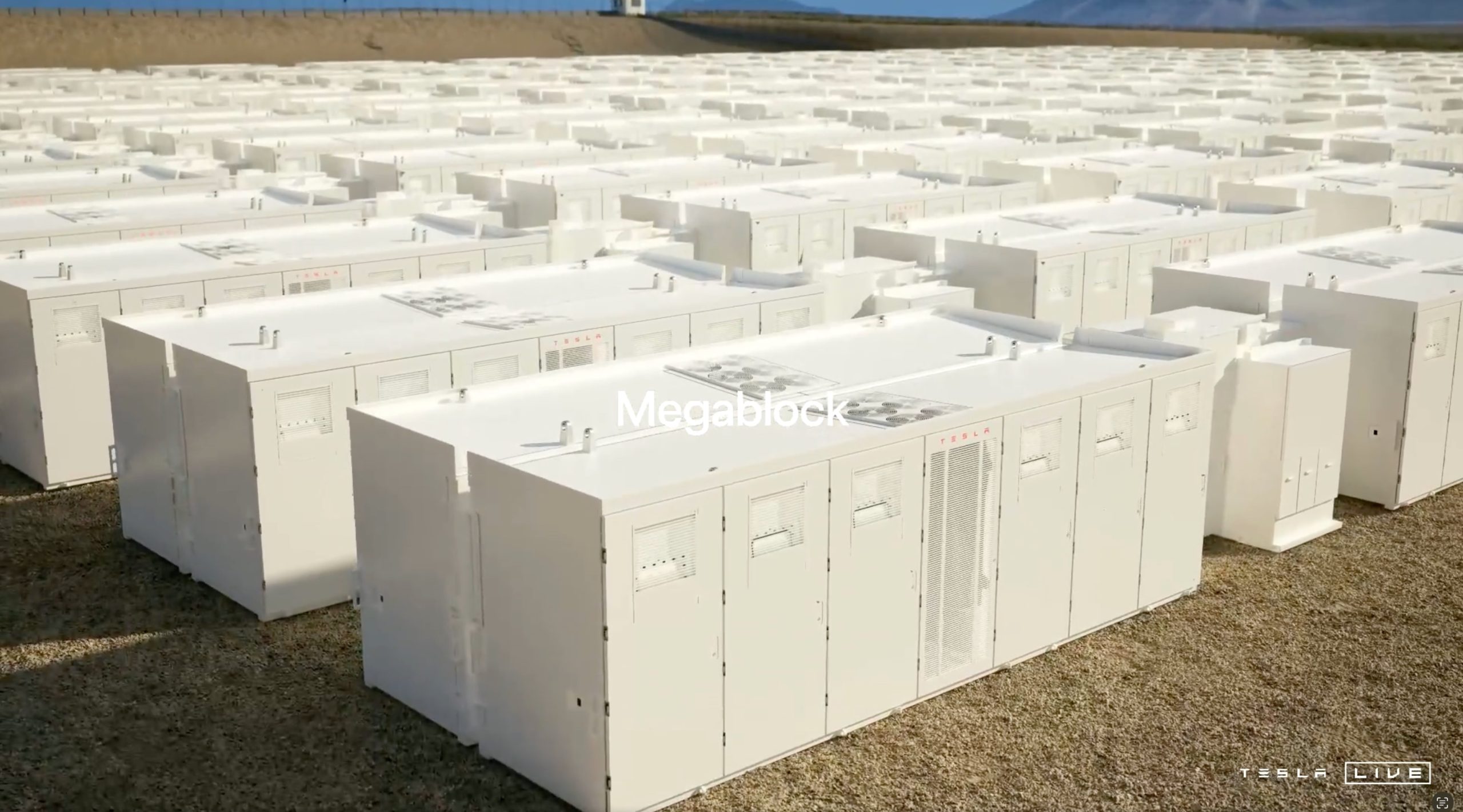
Tesla has unveiled the Megablock and Megapack 3, the latest additions to its industrial-scale battery storage solution lineup.
The products highlight Tesla Energy’s growing role in the company, as well as the division’s growing efforts to provide sustainable energy solutions for industrial-scale applications.
Megablock targets speed and scale
During the “Las Megas” event in Las Vegas, Tesla launched Megablock, a pre-engineered medium-voltage block designed to integrate Megapack 3 units in a plug-and-play system. Capable of 20 MWh AC with a 25-year life cycle and more than 10,000 cycles, the Megablock could achieve 91% round-trip efficiency at medium voltage, inclusive of auxiliary loads.
Tesla emphasized that Megablock can be installed 23% faster with up to 40% lower construction costs. The platform eliminates above-ground cabling through a new flexible busbar assembly and delivers site-level density of 248 MWh per acre. With Megablock, Tesla is also aiming to commission 1 GWh in just 20 business days, or enough to power 400,000 homes in less than a month.
“With Megablock, we are targeting to commission 1 GWh in 20 business days, which is the equivalent of bringing power to 400,000 homes in less than a month. It’s crazy. How are we planning to do that? Like most things at Tesla, we are ruthlessly attacking every opportunity to save our customers time, simplify the process, remove steps, (and) automate as much as we can,” the company said.
Megapack 3 is all about simplicity
The Megapack 3 is Tesla’s next-generation utility battery, designed with a simplified architecture that cuts 78% of connections compared to the previous version. Its thermal bay is drastically simplified, and it uses a Model Y heat pump on steroids. The battery weighs about 86,000 pounds and holds 5 MWh of usable AC energy. Tesla engineers incorporated a larger battery module and a new 2.8-liter LFP cell co-developed with the company’s cell team.
The Megapack 3 is designed for serviceability, and it features easier front access and no roof penetrations. About 75% of Megapack 3’s total mass is battery cells, with individual modules weighing as much as a Cybertruck. It’s also tough, with an ambient operating temperature range from -40C to 60C. This should allow the Megapack 3 to operate optimally from the coldest to the hottest regions on the planet.
Production is set to begin at Tesla’s Houston Megafactory in late 2026, with planned capacity of 50 GWh per year. Additional supply will come from Tesla’s 7 GWh LFP facility in Nevada, which is expected to open in 2025, as well as with third-party partners.
Energy
Tesla Energy is the world’s top global battery storage system provider again
Tesla Energy captured 15% of the battery storage segment’s global market share in 2024.
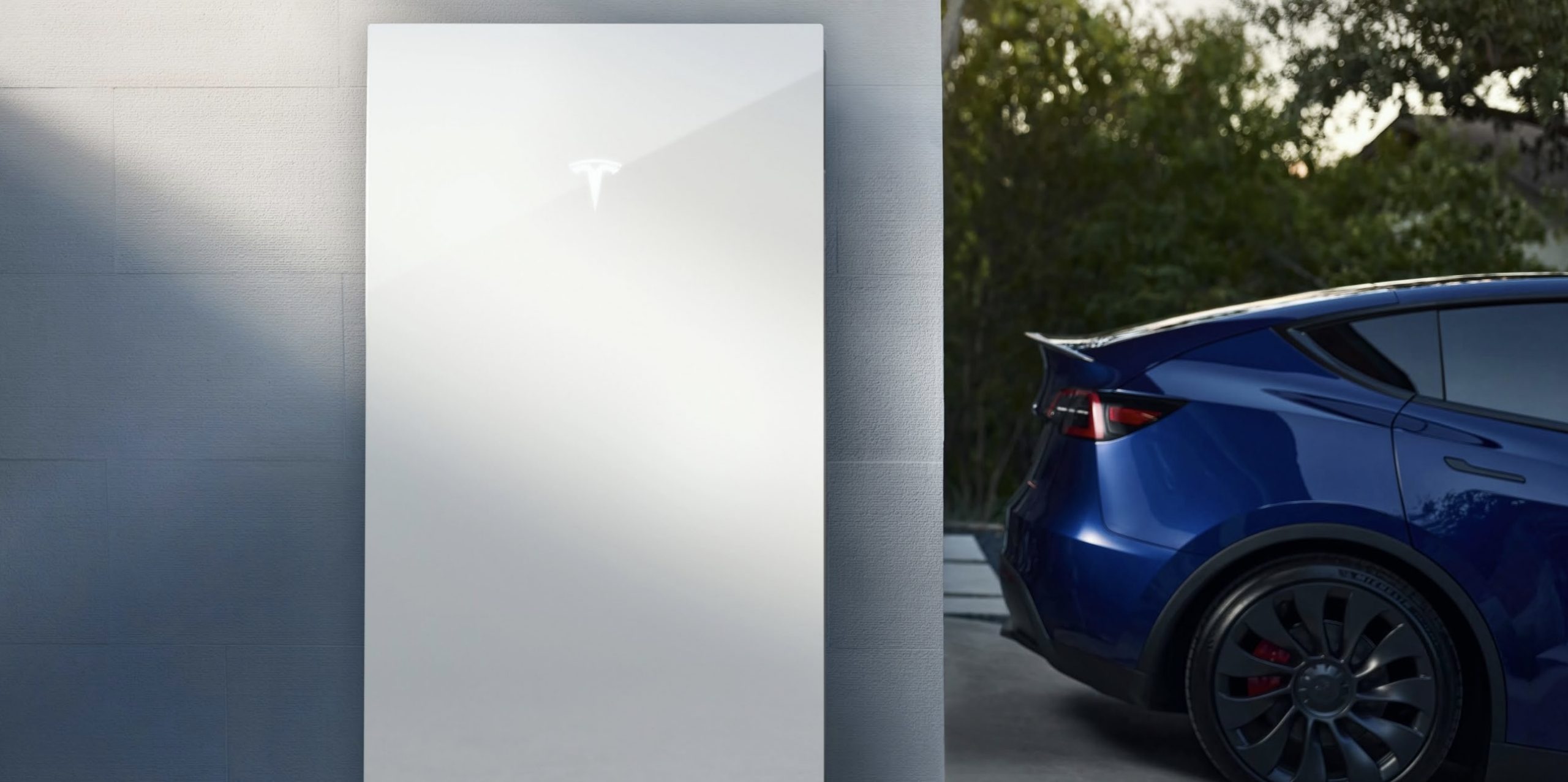
Tesla Energy held its top position in the global battery energy storage system (BESS) integrator market for the second consecutive year, capturing 15% of global market share in 2024, as per Wood Mackenzie’s latest rankings.
Tesla Energy’s lead, however, is shrinking, as Chinese competitors like Sungrow are steadily increasing their global footprint, particularly in European markets.
Tesla Energy dominates in North America, but its lead is narrowing globally
Tesla Energy retained its leadership in the North American market with a commanding 39% share in 2024. Sungrow, though still ranked second in the region, saw its share drop from 17% to 10%. Powin took third place, even if the company itself filed for bankruptcy earlier this year, as noted in a Solar Power World report.
On the global stage, Tesla Energy’s lead over Sungrow shrank from four points in 2023 to just one in 2024, indicating intensifying competition. Chinese firm CRRC came in third worldwide with an 8% share.
Wood Mackenzie ranked vendors based on MWh shipments with recognized revenue in 2024. According to analyst Kevin Shang, “Competition among established BESS integrators remains incredibly intense. Seven of the top 10 vendors last year struggled to expand their market share, remaining either unchanged or declining.”

Chinese integrators surge in Europe, falter in U.S.
China’s influence on the BESS market continues to grow, with seven of the global top 10 BESS integrators now headquartered in the country. Chinese companies saw a 67% year-over-year increase in European market share, and four of the top 10 BESS vendors in Europe are now based in China. In contrast, Chinese companies’ market share in North America dropped more than 30%, from 23% to 16% amid Tesla Energy’s momentum and the Trump administration’s policies.
Wood Mackenzie noted that success in the global BESS space will hinge on companies’ ability to adapt to divergent regulations and geopolitical headwinds. “The global BESS integrator landscape is becoming increasingly complex, with regional trade policies and geopolitical tensions reshaping competitive dynamics,” Shang noted, pointing to Tesla’s maintained lead and the rapid ascent of Chinese rivals as signs of a shifting industry balance.
“While Tesla maintains its global leadership, the rapid rise of Chinese integrators in Europe and their dominance in emerging markets like the Middle East signals a fundamental shift in the industry. Success will increasingly depend on companies’ ability to navigate diverse regulatory environments, adapt to local market requirements, and maintain competitive cost structures across multiple regions,” the analyst added.
Energy
Tesla inks multi-billion-dollar deal with LG Energy Solution to avoid tariff pressure
Tesla has reportedly secured a sizable partnership with LGES for LFP cells, and there’s an extra positive out of it.

Tesla has reportedly inked a multi-billion-dollar deal with LG Energy Solution in an effort to avoid tariff pressure and domesticate more of its supply chain.
Reuters is reporting that Tesla and LGES, a South Korean battery supplier of the automaker, signed a $4.3 billion deal for energy storage system batteries. The cells are going to be manufactured by LGES at its U.S. factory located in Michigan, the report indicates. The batteries will be the lithium iron phosphate, or LFP, chemistry.
Tesla delivers 384,000 vehicles in Q2 2025, deploys 9.6 GWh in energy storage
It is a move Tesla is making to avoid buying cells and parts from overseas as the Trump White House continues to use tariffs to prioritize domestic manufacturing.
LGES announced earlier today that it had signed a $4.3 billion contract to supply LFP cells over three years to a company, but it did not identify the customer, nor did the company state whether the batteries would be used in automotive or energy storage applications.
The deal is advantageous for both companies. Tesla is going to alleviate its reliance on battery cells that are built out of the country, so it’s going to be able to take some financial pressure off itself.
For LGES, the company has reported that it has experienced slowed demand for its cells in terms of automotive applications. It planned to offset this demand lag with more projects involving the cells in energy storage projects. This has been helped by the need for these systems at data centers used for AI.
During the Q1 Earnings Call, Tesla CFO Vaibhav Taneja confirmed that the company’s energy division had been impacted by the need to source cells from China-based suppliers. He went on to say that the company would work on “securing additional supply chain from non-China-based suppliers.”
It seems as if Tesla has managed to secure some of this needed domestic supply chain.
-
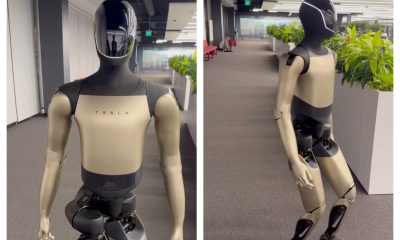
 Elon Musk2 weeks ago
Elon Musk2 weeks agoTesla’s next-gen Optimus prototype with Grok revealed
-
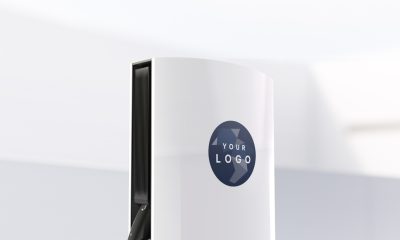
 News1 week ago
News1 week agoTesla launches new Supercharger program that business owners will love
-
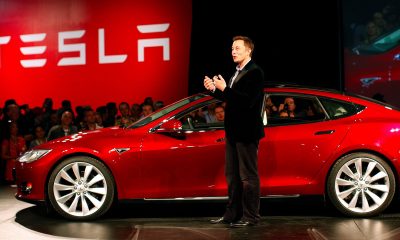
 Elon Musk1 week ago
Elon Musk1 week agoTesla Board takes firm stance on Elon Musk’s political involvement in pay package proxy
-
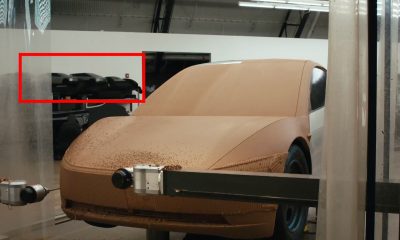
 News2 weeks ago
News2 weeks agoTesla appears to be mulling a Cyber SUV design
-
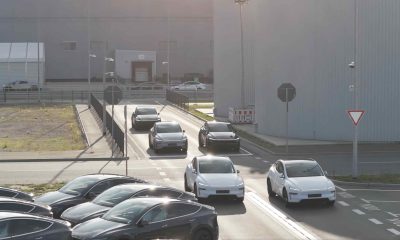
 News2 weeks ago
News2 weeks agoTesla deploys Unsupervised FSD in Europe for the first time—with a twist
-
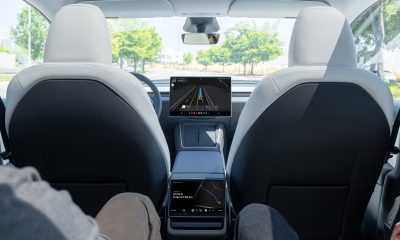
 News2 weeks ago
News2 weeks agoTesla explains why Robotaxis now have safety monitors in the driver’s seat
-
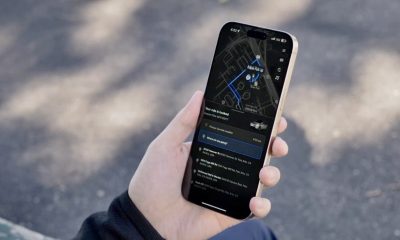
 News2 weeks ago
News2 weeks agoTesla is already giving Robotaxi privileges hours after opening public app
-
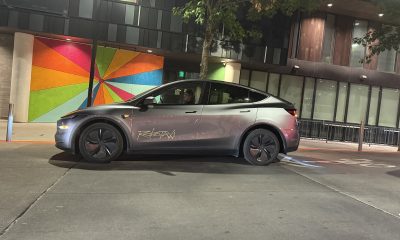
 Elon Musk2 weeks ago
Elon Musk2 weeks agoElon Musk says Tesla will take Safety Drivers out of Robotaxi: here’s when


